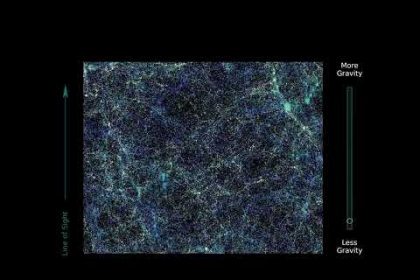In an important discovery, researchers from Australia‘s Curtin University have found that the shape of nanoparticles has a direct effect on how they work. In particular, they have shown that nanosheets (very thin, flat structures) can attract more molecules due to their smooth and uniform surface. The discovery could help produce more advanced materials and devices, including brighter displays and more efficient solar panels.
According to Tekna Technology Media Scientific News Department, nanoparticles are very small particles that have unique properties. In recent years, scientists have extensively studied nanoparticles, because these particles have a wide variety of applications in various industries.
In this study, researchers investigated zinc sulfide nanoparticles and found that the shape of these nanoparticles (which can be spheres, rods, or plates) affects their ability to absorb other molecules. Molecules that stick to the surface of nanoparticles are called ligands and play an important role in determining the properties of nanoparticles. Researchers found that nanosheets can attract more molecules due to their smooth and uniform surface. This is despite the fact that spherical and rod nanoparticles cannot absorb molecules as much as nanosheets due to their uneven surface.
Applications of this discovery
This discovery can be used in various industries, including electronics, medicine and energy. For example, by controlling the shape of nanoparticles in displays, higher quality images and lower energy consumption can be achieved. Also, by using nanoparticles with optimal shape, the efficiency of solar panels can be increased and the cost of solar energy production can be reduced. According to the researchers, nanoparticles can be used to carry medicine to the patient’s cells. By controlling the shape of nanoparticles, the accuracy and efficiency of this treatment method can be increased.
RCO NEWS

















